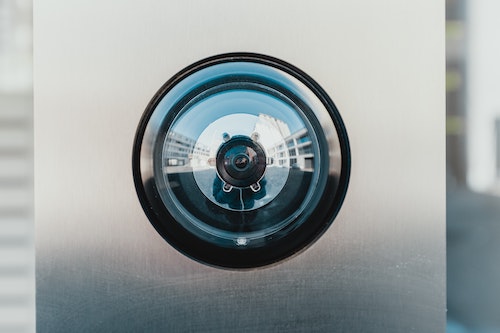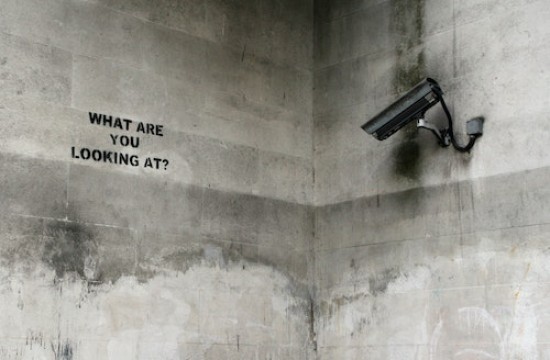Most construction projects will nominate to have at least one camera on site, capturing progress and monitoring daily changes. High-budget and large-scale projects may require several cameras to capture all aspects of the build from multiple angles.
Project Managers should be aware that CCTV cameras and time-lapse photography provide very different services and it is important to understand these differences in order to choose the most suitable option for your project.
While CCTV is largely used for security purposes, time-lapse photography is most useful as a higher quality chronological record of on-site changes and progress.
A time-lapse photography set up aims to provide high-resolution images for remote viewing, progress monitoring, time-lapse video creation, marketing purposes and shareholder media.
A surveillance system is a much lower resolution intermittent video feed that works to ensure any theft, damage or suspicious activity is viewable and recorded.
Because of this the cameras function very differently. Time-lapse cameras will photograph as much of the work site as possible at set intervals (i.e. every 12 minutes) during work hours to track the changes over the life of the project.
CCTV cameras tend to focus on more specific areas of site, such as entrance gates, specific walkways or areas where unwanted visitors may enter, plus they require a night vision mode to continue to monitor 24 hours a day.

In order to achieve their purpose, time-lapse cameras are typically a much higher resolution than that of CCTV cameras. They should be capturing at a minimum 12 Mega Pixels (MP) but preferably 24MP or above, while CCTV cameras typically capture 6MP at best.
The limited image resolution of CCTV is generally overcome by providing user control of pan, tilt and optical zoom. Whilst optical zoom allows close up viewing of selected areas, during this time the rest of the site remains permanently out of view. It is not possible to go back at a later time and have a look at different areas of the site because these will not have been captured.
Alternatively, a time-lapse photography provider should be able to deliver image interrogation through digital zoom, keeping the full site image completely intact and able to be viewed across any area at any time after image capture.
The use of pan, tilt and zoom on a CCTV camera also negates the ability to produce a stable and continuous time-lapse video at the end of project. By capturing a full site image with a fixed field of view, a time-lapse provider should be able to produce more consistent time-lapse videos at any point.
The storage of continuous CCTV video is also a significant challenge, requiring substantial amounts of memory and generally resulting in a trade-off between image resolution, frame rate and total duration stored.
Due to the nature of the equipment, CCTV requires both a higher data bandwidth channel and more electrical power than time-lapse photography as it streams live video continuously. These requirements can present greater challenges at some sites where trenches may need to be dug to run cabling. Whereas a time-lapse camera often makes use of solar power, it is much less straightforward for CCTV to do the same.
When assessing how best to monitor a construction project, a project manager should first determine what their purpose is in having a camera on site, as it is clear that CCTV and time-lapse operate very differently, with different set up requirements and different outcomes.

We can see that CCTV can provide an ongoing video stream but at the cost of lower resolution images and greater demands on external resources, such as storage and power. Alternatively, time-lapse cameras provide much higher resolution images but at intervals, creating the opportunity for smooth end-of-project video creation and with less storage and power demands.
Sometimes project managers may be tempted to achieve both surveillance as well as a final time-lapse video with the one camera. By striving for both outcomes from the one source there are inevitably disappointing compromises that will have to be made. Each style of camera has been designed for its own purpose and is best utilised in that way.
By using a time-lapse system as a surveillance system, there is room for error if the action takes place during the photographic interval, and if opting to use CCTV cameras for time-lapse video creation, the final product will struggle without the necessary image resolution.
There is only one chance to capture each project, so always do your research before committing to a service provider.
Summary of differences
| CCTV | Time-lapse |
|
|

